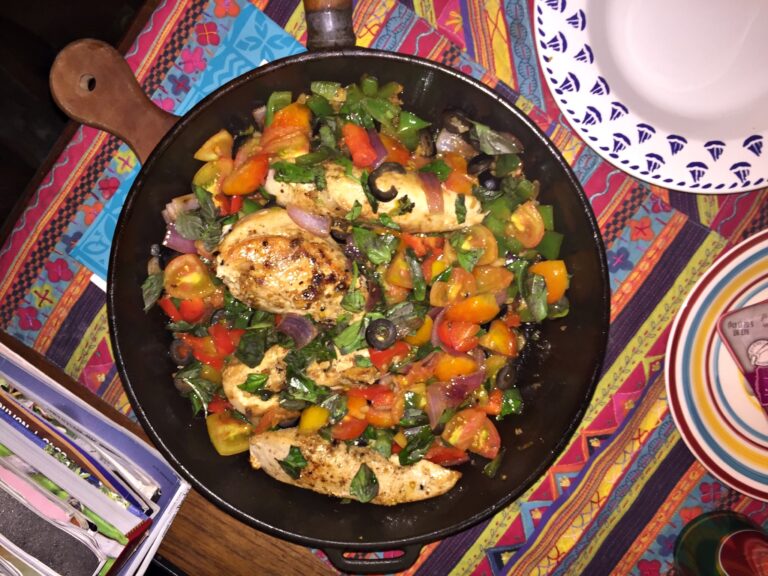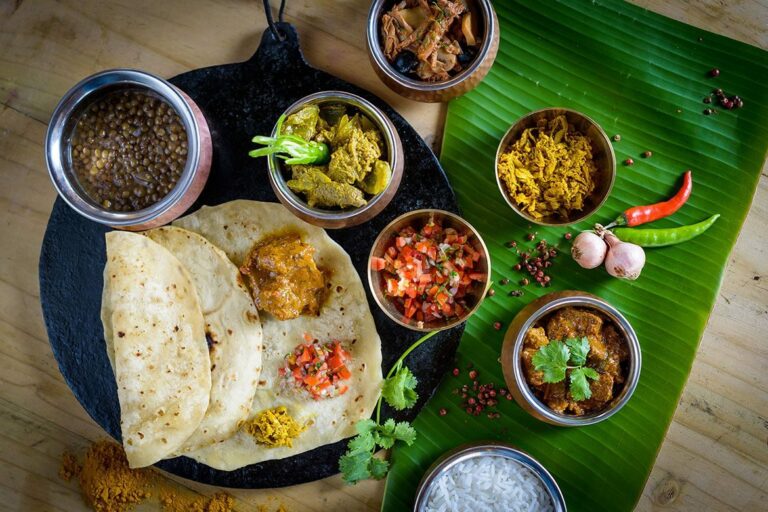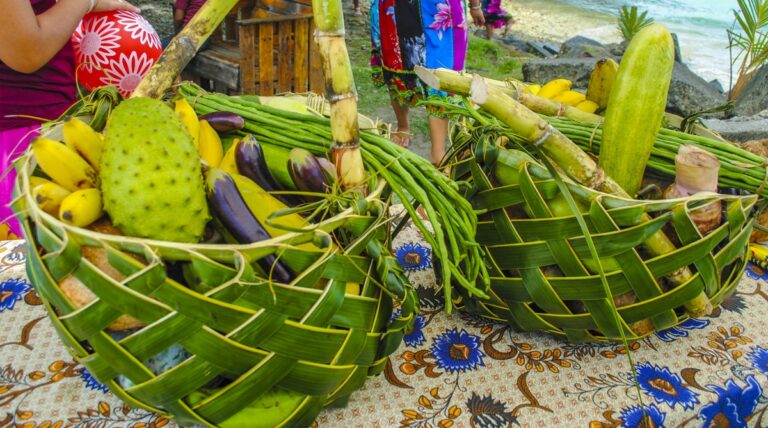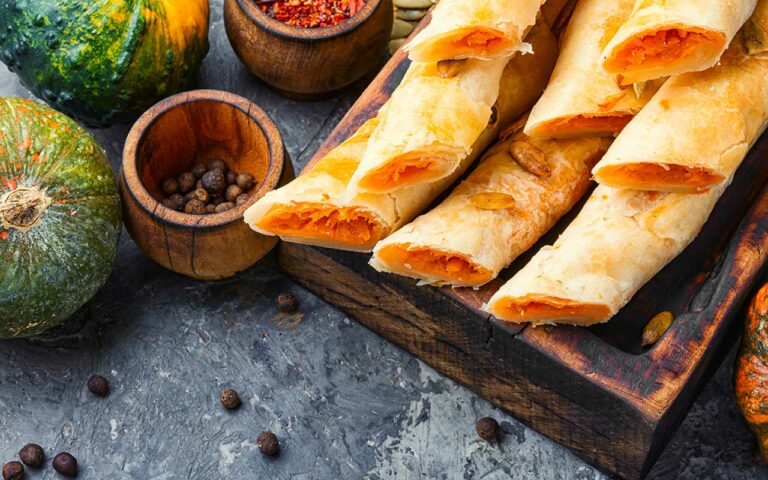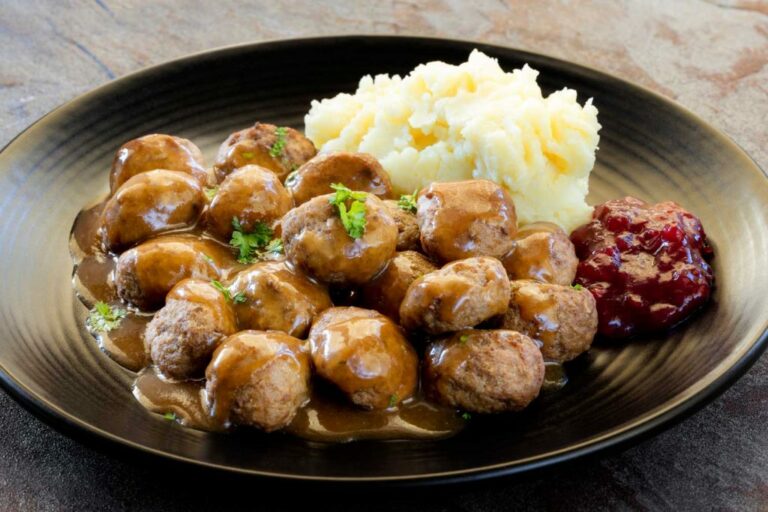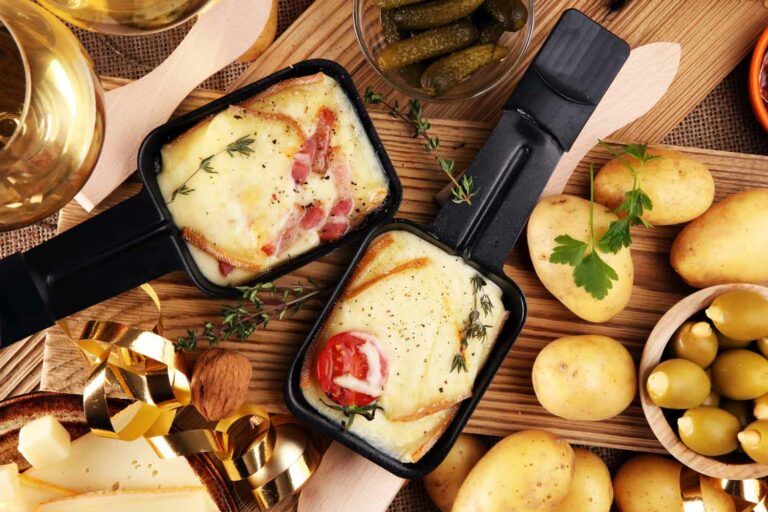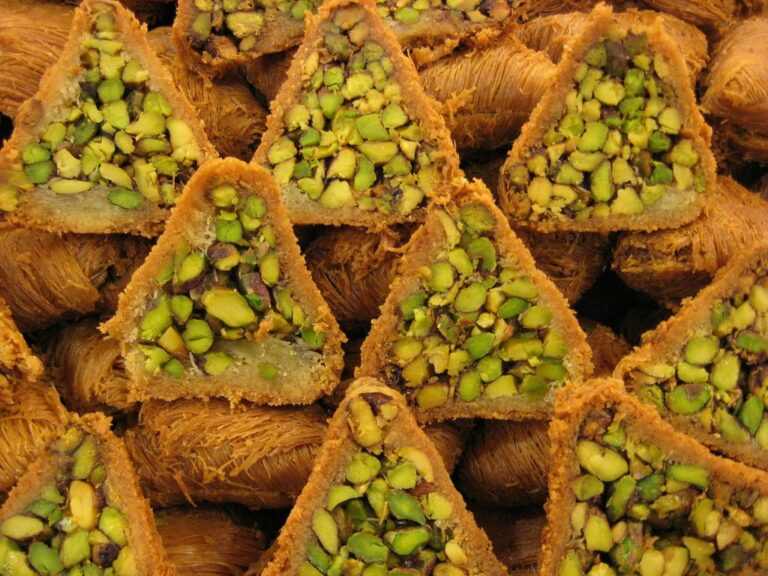Good coffee is as much a part of the Italian lifestyle as pasta and Chianti. Since the brown pick-me-up came to Europe around 500 years ago, a coffee culture has developed in Italy that is second to none. Here you will learn the most important things about their unwritten laws and typical habits of Italian coffee drinkers.
1. Anyone who says “caffè” means espresso
If you order “caffè” in Italy, you get: espresso. If you want a double, order a “caffè doppio”. You will usually look in vain for the typical German filter coffee, some tourist bars offer it as “caffè tedesco”. If you fancy a large cup of coffee, order either a caffè americano (espresso with hot water) or a caffè lungo, which is espresso made with twice the amount of water.
2. Those who drink coffee never choose paper cups
Paper cup coffee? Only in the worst of emergencies! Italians drink their espresso from porcelain or ceramic cups, some coffee specialties such as latte macchiato are served in glasses. Because for them, enjoying coffee goes hand in hand with a certain style – and paper or plastic cups are not initially intended. Typically Italy.
3. If you are in a hurry, you drink coffee standing up
The habit of drinking coffee on the street is as foreign to Italians as paper cups. If you are in a hurry and feel like coffee, you can quickly drink an espresso standing up in a bar. Therefore, the bars and cafes are rarely overcrowded.
4. If you drink espresso standing up, you pay less
How much does coffee cost in Italy? That depends on whether you drink your espresso at the counter or at the table. Statutory maximum prices apply for quick enjoyment at the bar. Whether you are in Milan or in a small Calabrian mountain village, you pay a maximum of 1 euro. However, if you opt for a seat, there will be a service surcharge – and that can be extremely hefty!
5. Anyone who has visitors offers coffee – always!
“Caffè?” Whether at home or in the office, offering a coffee to a visitor is the first and simplest gesture of hospitality in Italy. Because a chat over a cup creates a familiar atmosphere, which is important for successful personal and professional relationships. If, on the other hand, the guest is not offered coffee, he wonders – at least as an Italian – whether he is welcome at all or whether he has done something wrong.
6. Anyone drinking cappuccino is having breakfast
Cappuccino, latte macchiato & Co: Italians usually drink coffee specialties with milk for breakfast or in the morning. They are considered filling drinks. Incidentally, it is particularly frowned upon to treat yourself to a cappuccino directly after a meal. Espresso, on the other hand, always fits. Both after meals and at any time of the day or night. A compromise for those who don’t want to do without a little milk in their coffee is the “macchiato”, i.e. an espresso stained with a little milk.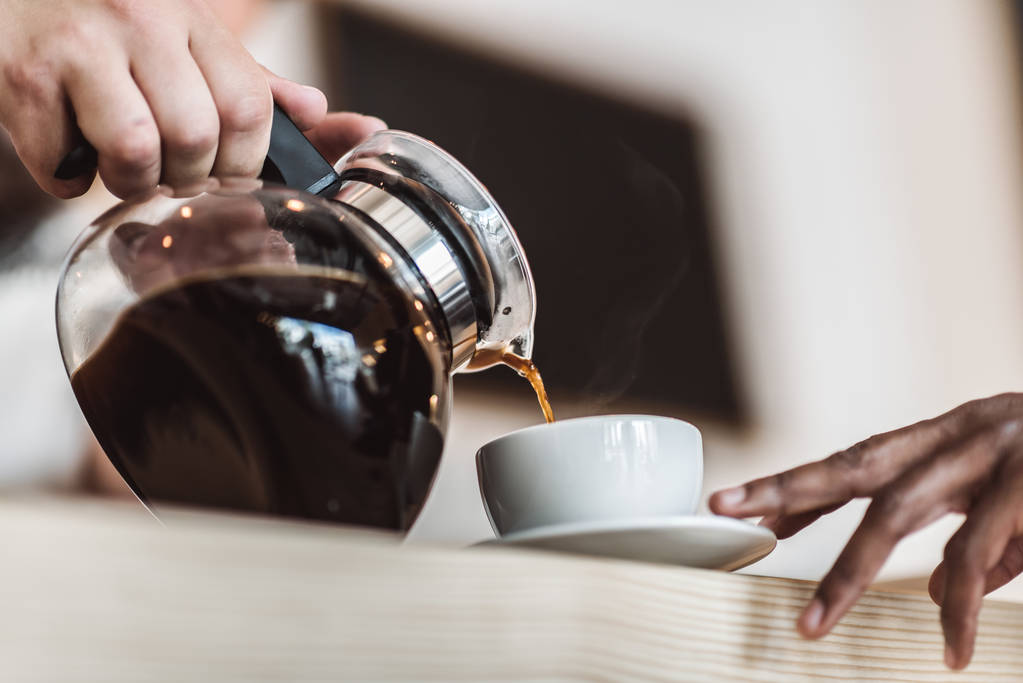
7. If you drink coffee, you can keep others waiting
Coffee always comes first in Italy. No matter how important something is that you want to talk to someone about, if someone says they need a coffee, that’s more important! So be patient with your request until the other person has had their coffee – or if in doubt, just have one with them!


